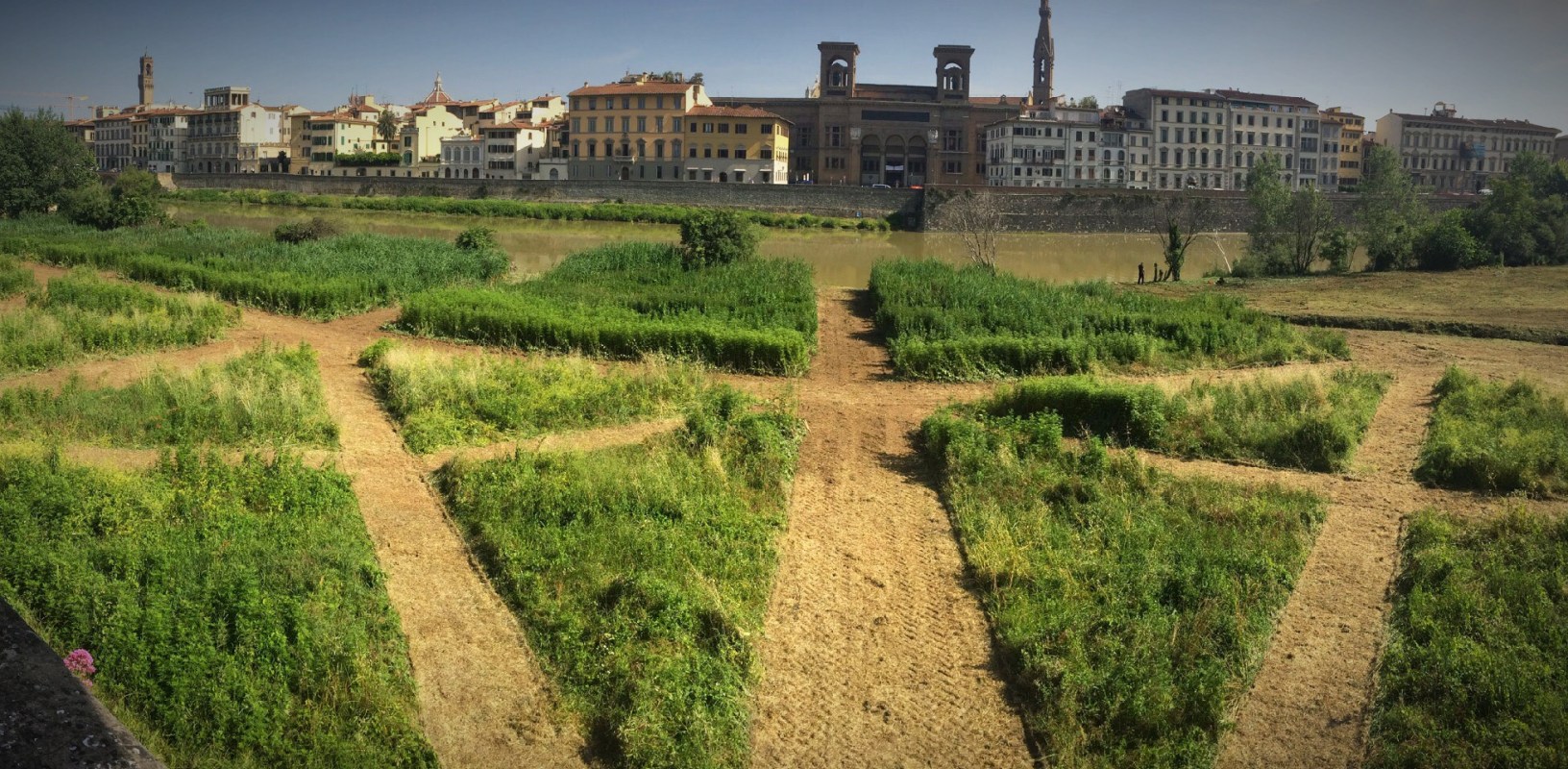On the banks of the Arno in Florence is once more possible to observe the only freshwater crab present in Italy
German naturalist Herbst discovered the freshwater crab that he called ‘potamon fluviatile’ in 1785. However, it appears at the foot of the famous Porcellino fountain carved by Pietro Tacca more than 400 years ago. It is the only freshwater crab in Italy. It is nocturnal, lives among the stones, and can tolerate periods of low humidity. In spite of this, in the last centuries, it had disappeared from the area and existed only as an example of sculpted fauna at the Bardini Museum. For this reason, in Florence people affectionately nicknamed “Medici crab“. Recently, this little animal, which can grow up to six centimeters, has made a comeback in – and thanks to – the Third Garden, the cultural-naturalistic project of the Murate Art District dedicated to biodiversity. It is a “surprise gift” of the gradual environmental recovery of the Arno river.
Gianna Innocenti, the researcher who identified it, still has many doubts: “Maybe pollution had reduced the species and very few specimens.” About the discovery, she said: “When fishermen reported them to us, we didn’t believe it. Jokingly, I told them that at that hour they might have had too much to drink. Instead, they were right.”
Recently, this little animal, which can grow up to six centimeters, has made a comeback in – and thanks to – the Third Garden, the cultural-naturalistic project of the Murate Art District dedicated to biodiversity
The theme of biodiversity, of which the crab has become a symbol, is at the heart of the Third Garden as part of the Riva project curated by Valentina Gensini for the Murate Art District. The Third Garden is a 10,000 square meters strip of green between the river and Lungarno Serristori, between Piazza Poggi and Ponte alle Grazie. It is the result of an intervention by the Studio + + collective, connected to the exhibitions of Murate. The garden is named after the theory of the “third landscape” by Gilles Clément, according to which, only spontaneous grasses can be harbingers of biodiversity and resilience. The Riva project has been slowly but surely growing for eight years.. Now it has truly earned the rank of “garden,” also thanks also to the work of biologist Carlo Scoccianti.
Every Saturday, eight art history students from the University of Florence accompany the public to discover this green perspective of Florence. A multi-sensory journey that combines surprising olfactory stimuli and visual spectacles with the sounds to the swallows and nesting ducks in one of the few places in the entire city where no cars can be seen nor heard.
Ilona Catani Scarlett

